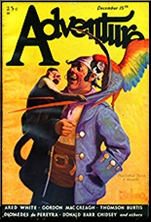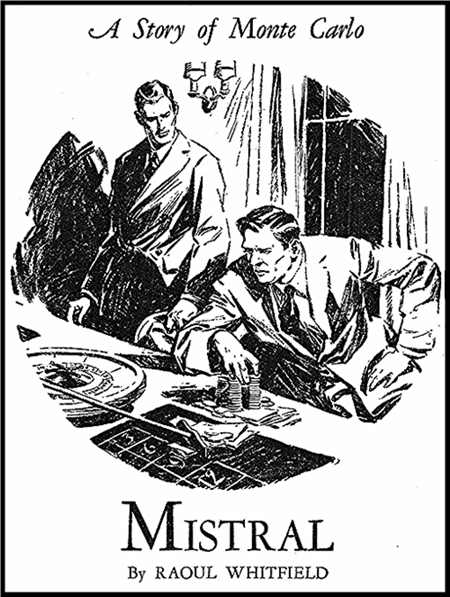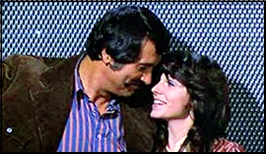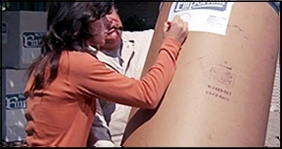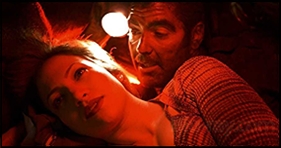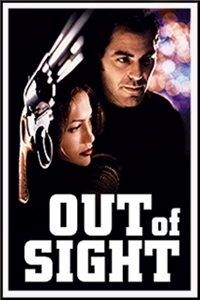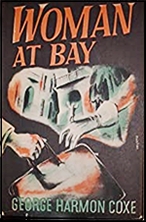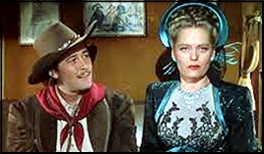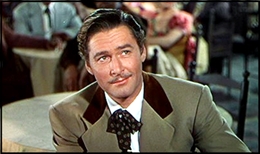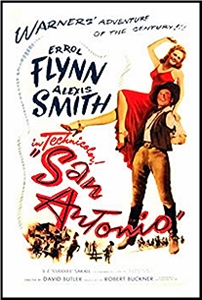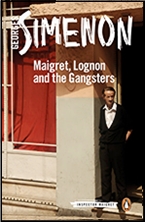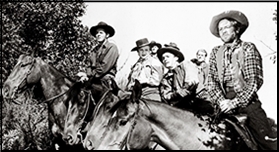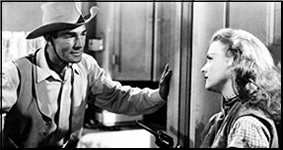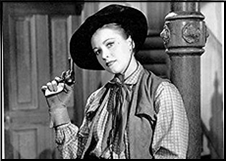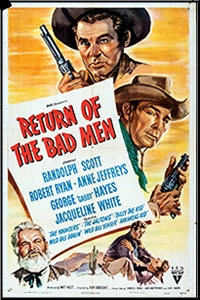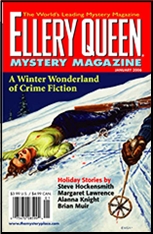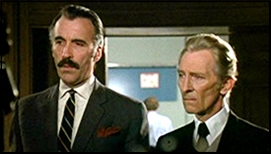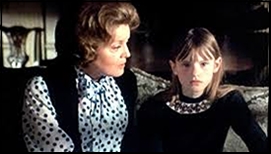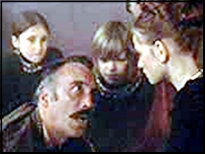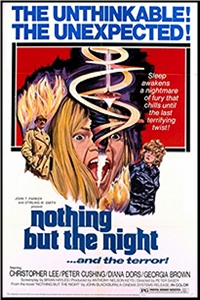Fri 10 Jul 2020
Reviewed by Ray O’Leary: DEAN R. KOONTZ – Midnight.
Posted by Steve under Reviews , Science Fiction & Fantasy[6] Comments
REVIEWED BY RAY O’LEARY:
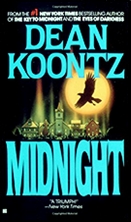
DEAN R. KOONTZ – Midnight. G. P. Putnam’s Sons, hardcover, 1989. Berkley. paperback, 1989.
Thomas Shadduck, owner of New Wave Microtechnology, dreams of turning Mankind into a race of emotionless logicians — Vulcans, to you Trekkies out there. Toward this end, he has administered most of the leading citizens of Moonlight Cove, California, with a fluid which will make them stronger, smarter, and virtually invulnerable. Unfortunately, as they say in Sci-Fi, there are Side Effects: some of the converts have chosen to make frequent regressions turning themselves into animals and killing anything in their way.
Now, as Shadduck plans to convert the rest of Moonlight Cove, four people struggle to survive and get help: Sam Booker, an FBI agent sent to investigate the sudden rash of violent crime; Henry Talbot, a crippled Vietnam Vet; Tessa Lockland, whose sister supposedly committed suicide a few weeks earlier; and Chrissie Foster, who caught her parents regressing and escaped when they tried to inject her with the fluid.
Koontz throws in elements from various sources, which he freely Acknowledges: Invasion of the Body Snatchers, Island of Doctor Moreau, Dr. Jekyll and Mr. Hyde, and even Aliens. Chrissie seems inspired by the Space Orphan in that film, and Koontz throws in a scene where her Parish Priest transforms into the Alien monster.
Though hardly a master craftsman, Koontz makes you care about bis characters and he writes a story that propels the reader helplessly, gladly along with it.
